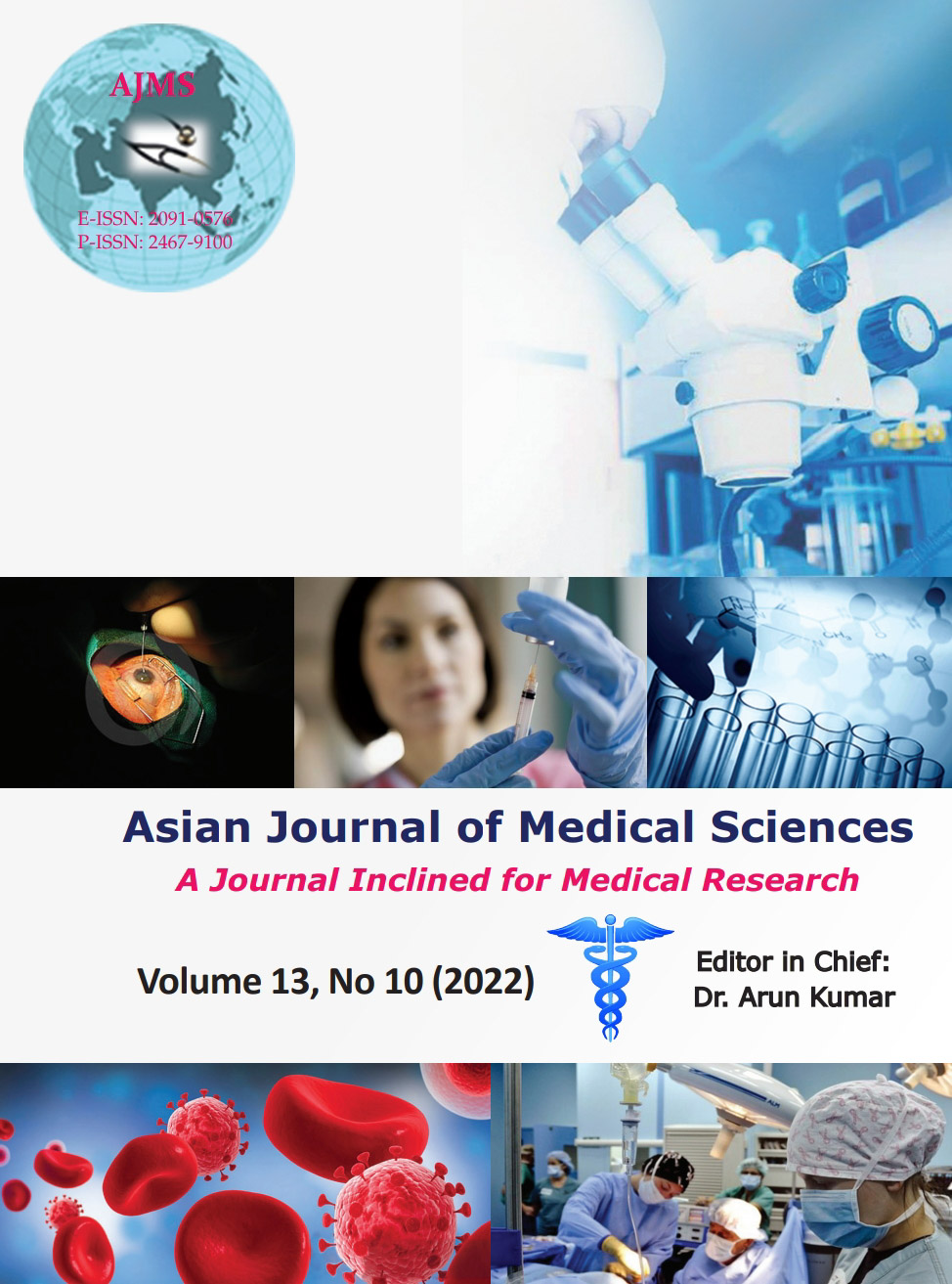Demographic and Mortality Trends across three COVID-19 waves in Kashmir Division, India
Keywords:
COVID-19; Trend; Case fatality ratioAbstract
Background: The demographic profile and fatality varied across different waves with the appearance of new variants. Further the trends varied from country to country and within the country. We have analyzed the trends from a selected geographic area.
Aims and Objectives: To assess the trends in COVID-19 cases and deaths and to compare the characteristics of three different COVID-19 waves in Kashmir Division.
Materials and Methods: It is a cross sectional study based on secondary data.
Results: The mean age of deaths increased from 64.53 years in first wave to 65.02 years in the second wave and further to 69.23 years in the third wave (p-value = 0.006). An overall CFR of 0.85% was observed in our population with a maximum case fatality of 1.67% in first wave followed by 0.79% in second wave and only 0.13% in third wave (p < 0.0001). Lowest CFR of 0.04% was observed in the age group of <20 years and maximum CFR of 6.12% was observed in the subjects with age more than 60 years. It was also observed that the CFR increased with the increase of age across all the three waves (p < 0.0001).
Conclusion: Our study suggests that the Case Fatality Ratio declined with time despite new variants appearing which spread at very fast rate. The mortality remained higher in elderly and in males in all the three waves.
Downloads
Downloads
Published
How to Cite
Issue
Section
License
Copyright (c) 2022 Asian Journal of Medical Sciences

This work is licensed under a Creative Commons Attribution-NonCommercial 4.0 International License.
Authors who publish with this journal agree to the following terms:
- The journal holds copyright and publishes the work under a Creative Commons CC-BY-NC license that permits use, distribution and reprduction in any medium, provided the original work is properly cited and is not used for commercial purposes. The journal should be recognised as the original publisher of this work.
- Authors are able to enter into separate, additional contractual arrangements for the non-exclusive distribution of the journal's published version of the work (e.g., post it to an institutional repository or publish it in a book), with an acknowledgement of its initial publication in this journal.
- Authors are permitted and encouraged to post their work online (e.g., in institutional repositories or on their website) prior to and during the submission process, as it can lead to productive exchanges, as well as earlier and greater citation of published work (See The Effect of Open Access).




